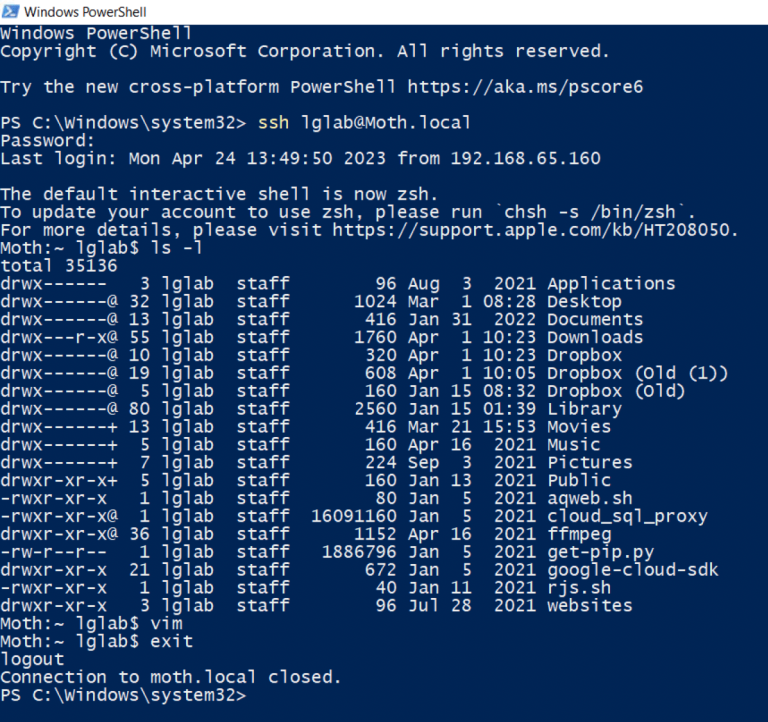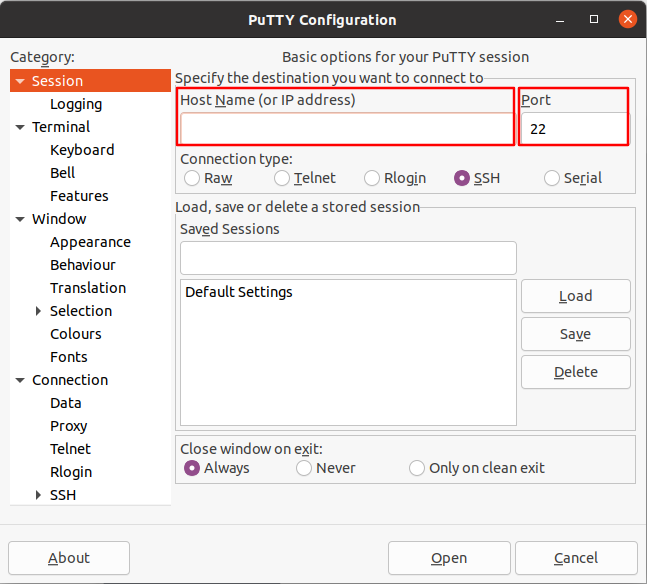Mastering SSH RemoteIoT Commands: Your Ultimate Guide
**Hey there, tech enthusiasts! Are you ready to dive deep into the world of SSH RemoteIoT commands? If you're anything like me, you probably find the concept of remote server management both exciting and a bit overwhelming. But don't sweat it—this guide is here to break it all down for you. Whether you're a seasoned IT pro or just starting your journey into the realm of networking and IoT, understanding SSH RemoteIoT commands is a game-changer. So, grab a cup of coffee, sit back, and let's unravel the magic of secure shell commands together!**
SSH RemoteIoT commands are more than just a set of instructions—they’re your gateway to seamless communication between devices in a secure and efficient manner. Picture this: you’re managing a network of IoT devices spread across different locations, and you need to ensure everything runs smoothly without physically being present at each site. SSH comes to the rescue, allowing you to connect, configure, and monitor these devices remotely. Sounds pretty cool, right?
Before we jump into the nitty-gritty, let me assure you that this article is packed with practical tips, real-world examples, and actionable insights. We’ll cover everything from the basics of SSH to advanced commands that’ll elevate your skills. Plus, I’ll sprinkle in some fun facts and expert advice to keep things interesting. So, without further ado, let’s get started!
Read also:Aaron Eckhart The Untold Story Of A Hollywood Icon
Table of Contents
- What is SSH?
- Why SSH is Important for IoT
- Basic SSH Commands You Need to Know
- Advanced SSH Commands for RemoteIoT
- Security Best Practices for SSH
- Troubleshooting SSH Connections
- Optimizing SSH Performance
- Real-World Applications of SSH RemoteIoT
- Tools and Resources for SSH Mastery
- The Future of SSH in IoT
What is SSH?
SSH, or Secure Shell, is a cryptographic protocol designed to provide secure communication over an unsecured network. Think of it as a secure tunnel that allows you to connect to remote servers or devices without worrying about data interception. SSH encrypts all data transmitted between your local machine and the remote server, making it a go-to choice for IT professionals and developers alike.
When it comes to IoT devices, SSH plays a crucial role in ensuring that commands and data are securely transmitted. Whether you're managing sensors, routers, or smart home devices, SSH ensures that your interactions remain private and protected from prying eyes.
How SSH Works
SSH operates on a client-server model, where the client initiates the connection and the server authenticates the client before granting access. The process involves:
- Authentication: Using passwords, keys, or certificates to verify identity.
- Encryption: Encrypting all data exchanged between the client and server.
- Command Execution: Allowing users to run commands on the remote server.
Why SSH is Important for IoT
In the rapidly evolving world of IoT, security is paramount. With billions of connected devices, the potential for cyberattacks is higher than ever. SSH provides a robust solution by ensuring that all interactions with IoT devices are encrypted and authenticated.
Here are a few reasons why SSH is essential for IoT:
- Security: SSH protects sensitive data and commands from unauthorized access.
- Efficiency: It allows for seamless remote management of devices, saving time and resources.
- Scalability: SSH can handle a large number of devices, making it ideal for IoT networks.
Basic SSH Commands You Need to Know
Now that you understand the importance of SSH, let’s dive into some basic commands that’ll get you up and running. These commands form the foundation of SSH usage and are essential for anyone working with IoT devices.
Read also:Everything You Need To Know About Burger King Chicken Fries
Connecting to a Remote Server
Use the following command to establish a connection:
ssh username@remote_host
Replace "username" with your actual username and "remote_host" with the server's IP address or domain name.
Listing Files and Directories
Once connected, you can use the "ls" command to list files and directories:
ls
For a detailed view, use:
ls -l
Advanced SSH Commands for RemoteIoT
Once you’ve mastered the basics, it’s time to level up your SSH skills with some advanced commands. These commands are particularly useful when working with IoT devices that require more complex interactions.
Executing Remote Commands
Need to run a specific command on the remote server without logging in? Use:
ssh username@remote_host "command"
This is perfect for automating tasks or performing quick checks.
Transferring Files
Use SCP (Secure Copy Protocol) to transfer files securely:
scp local_file username@remote_host:remote_path
This command copies "local_file" to the specified path on the remote server.
Security Best Practices for SSH
While SSH is inherently secure, there are additional steps you can take to enhance its protection. Here are some best practices to keep your SSH connections safe:
- Use Key-Based Authentication: Instead of relying on passwords, use SSH keys for added security.
- Disable Root Login: Restrict root access to prevent unauthorized users from gaining administrative privileges.
- Monitor Logs: Regularly check SSH logs for suspicious activity.
Troubleshooting SSH Connections
Even the best-laid plans can go awry, and SSH connections are no exception. If you encounter issues, here are a few troubleshooting tips:
- Check your firewall settings to ensure SSH traffic is allowed.
- Verify that the remote server is running the SSH service.
- Test your connection using the "telnet" command to ensure the port is open.
Optimizing SSH Performance
For large-scale IoT networks, optimizing SSH performance is crucial. Here are some tips to make your SSH connections faster and more efficient:
- Use Compression: Enable compression to reduce data transfer times.
- Limit Connections: Restrict the number of simultaneous connections to conserve resources.
- Update Software: Keep your SSH client and server software up to date for the latest features and bug fixes.
Real-World Applications of SSH RemoteIoT
SSH isn’t just a theoretical concept—it’s being used in real-world applications every day. From smart cities to industrial automation, SSH plays a vital role in ensuring secure and reliable communication. Here are a few examples:
- Smart Agriculture: Farmers use SSH to remotely monitor and control irrigation systems.
- Healthcare: Hospitals rely on SSH to manage medical devices and patient data securely.
- Energy Management: Utility companies use SSH to monitor power grids and smart meters.
Tools and Resources for SSH Mastery
To become an SSH pro, you’ll need the right tools and resources. Here are a few recommendations:
- SSH Clients: PuTTY for Windows, Terminal for macOS, and SSH clients for Linux.
- Documentation: Refer to the official OpenSSH documentation for in-depth guides.
- Communities: Join online forums and communities to connect with other SSH enthusiasts.
The Future of SSH in IoT
As IoT continues to grow, the role of SSH will only become more significant. With advancements in quantum computing and AI, we can expect even more secure and efficient SSH protocols in the future. Staying updated with the latest trends and technologies is key to leveraging SSH effectively in the IoT space.
Conclusion
And there you have it—a comprehensive guide to mastering SSH RemoteIoT commands. From understanding the basics to exploring advanced techniques, this article has equipped you with the knowledge and tools to take your SSH skills to the next level. Remember, security is paramount, so always follow best practices and stay vigilant.
Now, it’s your turn to take action! Share this article with your friends and colleagues, leave a comment with your thoughts, or try out some of the commands we discussed. The world of SSH is vast and exciting—so go ahead and explore it. Until next time, keep hacking and stay secure!


